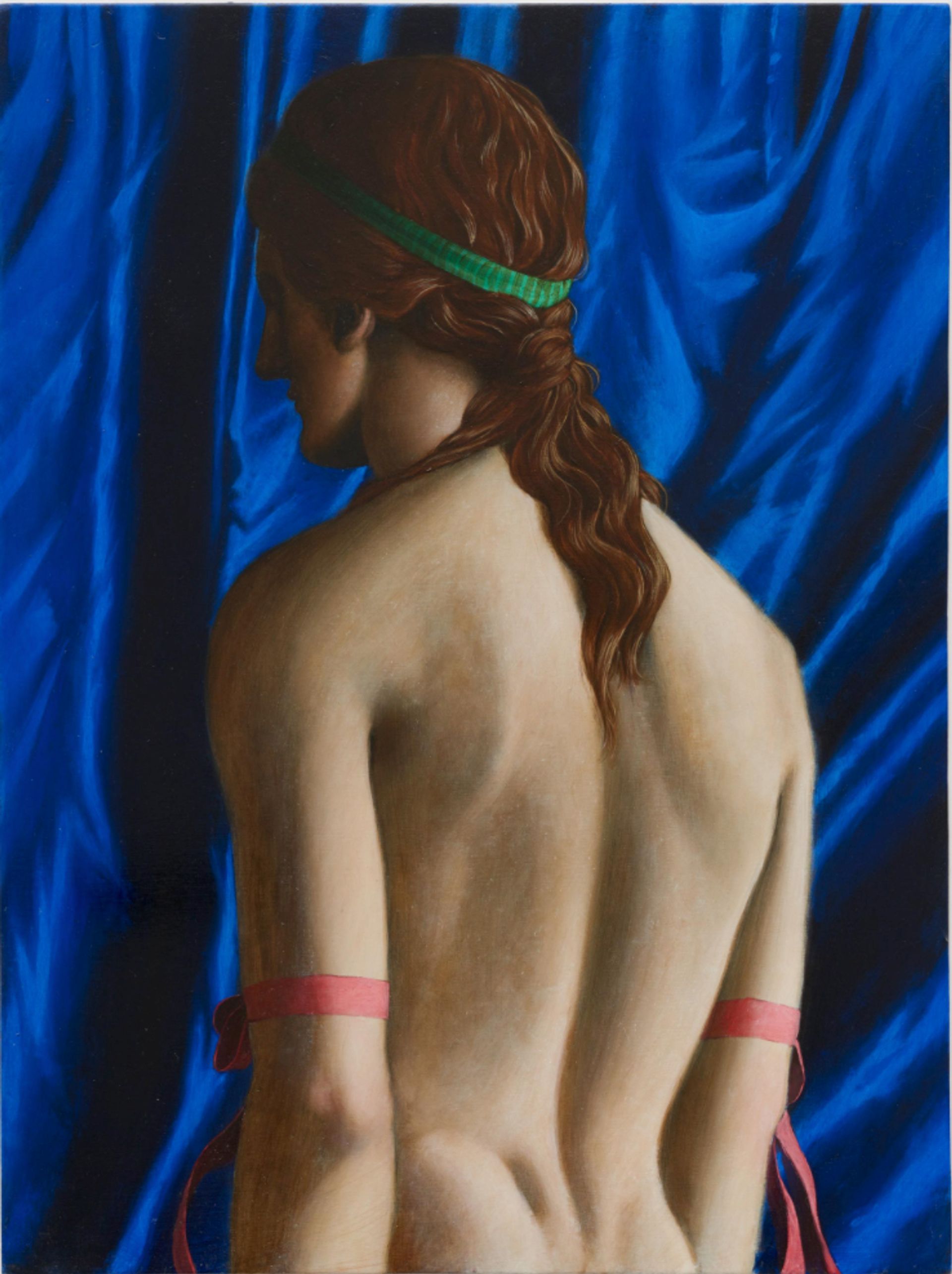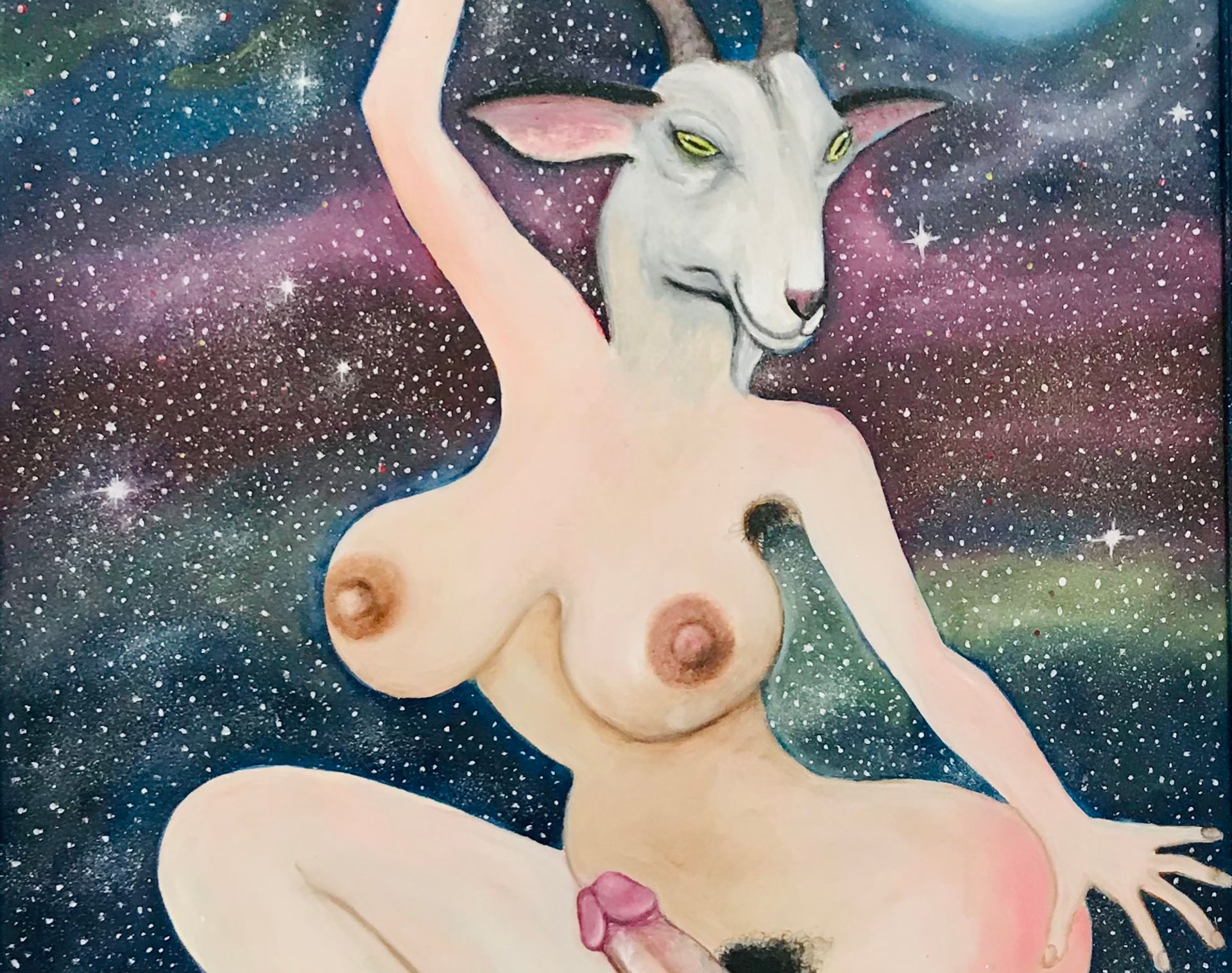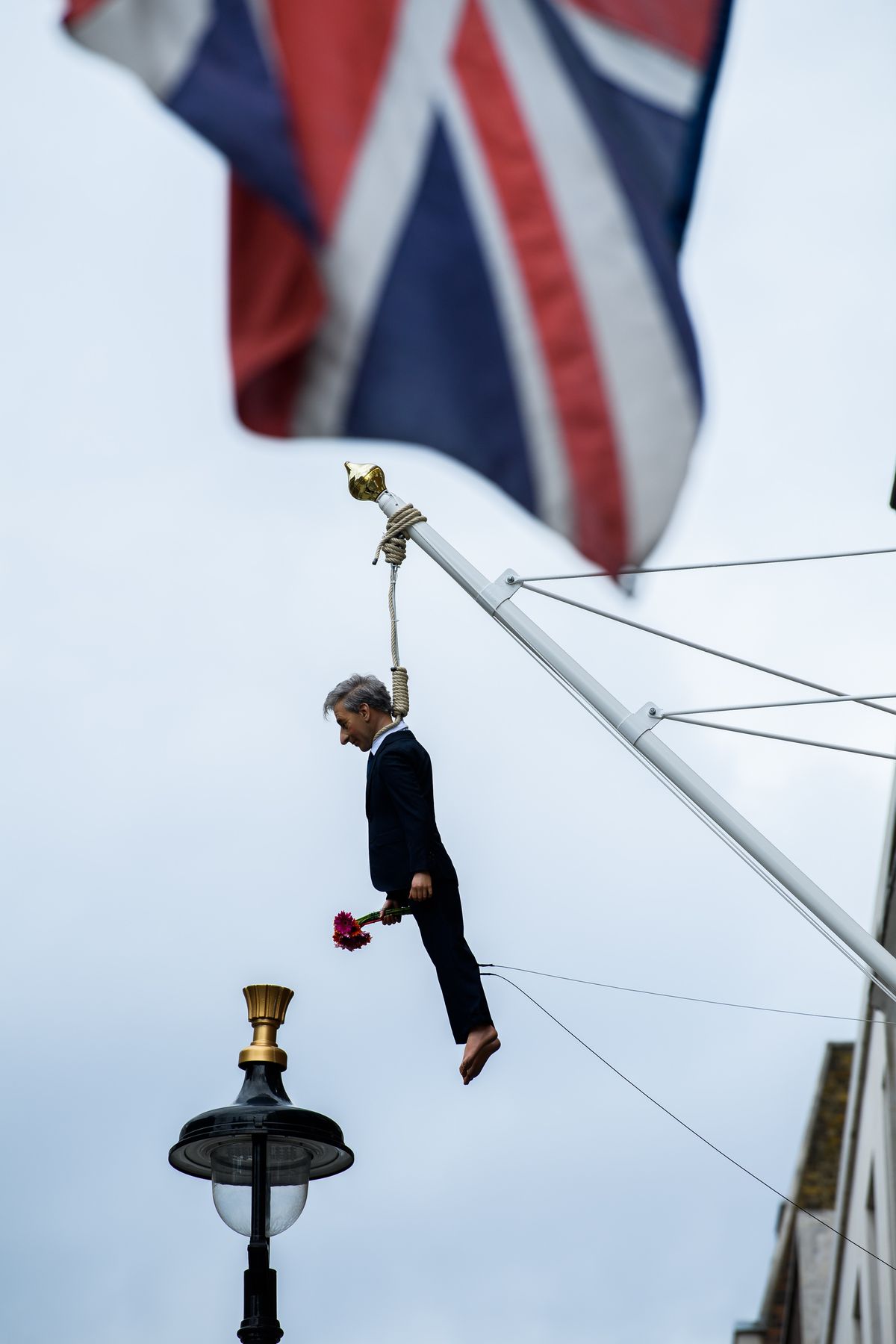Lost in Italy
Until 3 July, Luxembourg + Co, 2 Savile Row, W1S 3PA; booking required via gallery's website
This historical group show of mostly mid-20th century work spotlights a major cultural moment in the 1950s and 1960s during which Italy become a hotbed of experimentalism for both its native artists and those from the US and elsewhere in Europe. Organised by Francesco Bonami, former curator of the Venice Biennale, it places works by Italian abstractionists such as Alberto Burri and Pino Pascali alongside art market giants like Robert Rauschenberg and Alexander Calder, who found a degree of freedom in Milan and Rome, away from the artistic movements that loomed big back in the US.
Though this period of art history is hardly fringe, the show expands our popular understanding of its key players to include practitioners whose Italian connections are lesser known. Most interesting are the wall-printed black-and-white photographs that stand as the only existing documentation of Richard Serra's first solo exhibition in 1966 at Rome's Galleria La Salita, in which he placed animals, including a live pig, inside the gallery. Long unacknowledged by Serra, it took place three years before Janis Kounnelis (whose 1960 text based painting hangs in the show besides a calligraphic 1967 work by Cy Twombly) famously showed 12 live horses at L'Attico in Rome, pointing to the rich exchange of ideas that occurred within this milieu. More tenuously linked, a 1957 marine painting in blue by Francis Bacon joins an Yves Klein monochrome to signify that both artists experienced either early success or a "second life" in Italy.
Bonami points out that this period also marked a shift in power as America overtook Europe as the dominant force in the art world, an ascendancy enshrined by Robert Rauschenberg's controversial win of the International Grand Prize for Painting at the Venice Biennale in 1964. Outside the gallery hangs the show’s only contemporary work, Maurizio Cattellan's sculpture YOU (2021). It shows a besuited figure suspended from a flag pole by a noose tied to its neck, clutching a bouquet of daisies and humourously points to the inevitable, and often self-willed, death of great powers.

Ryan Driscoll's Venus (2020) Courtesy of the artist and Soft Opening
Ryan Driscoll: Holst
Until 24 May; Soft Opening, 6 Minerva Street, E2 9EH
In this recent series of seven oil-on-wood works, the Northamptonshire-based painter Ryan Driscoll responds to Gustav Holst's The Planets orchestral suite (1914-1916) in unexpected and emotive ways. Here Driscoll, who typically queers Greco-Roman subjects, taps into popular mythology and science fiction to depict each planet of the solar system through his distinctive, gorgeous style that formally evokes Mannerist tradition while interrogating ideas of beauty, fear and power within the Classical world.
In each scene, Driscoll upends Holst's interpretative slant—through which the composer captured each celestial body with a fixed "human" emotion, such as joy or gloom—into something more mutable and unsettled. In Venus, a sensuous curved spine recalls the taut-backed nudes of Italian Renaissance painter Luca Signorelli but introduces an element of uncertainty via the figure's androgyny. In Neptune, colourful flames enrobe a lone figure as a beam of light shines down from what appears to be a hazy UFO. Crucially however, these works remain more reverential than critical of their source material, as in their poetic symbolism and tonal disparity they adhere to The Planets formal structure, which is often described as a series of "mood pictures".

David Harrison's Trans Goat: Dance of the Universe (2020)
Queer as Folklore
Until 30 May, Gallery 46, 46 Ashfield St, E1 2AJ
This eclectic show of work by LGBTQIA artists celebrates the subversive highways and byways of British pagan history, unleashing the myths, rituals and fantasies that have evaded repressive rulers and established religions for millennia.
These range from painted sprites, shapeshifters and satyrs which are depicted in buxom and graphic forms by David Harrison and which cavort against starry skies and magical moons, to the leafy paintings and green man sculptures of Ben Edge. Vivid puppet-like sculptures of Jim Pilston are shown alongside large draped fabric works by Paul Kindersley, across whose surfaces all manner of sexual congress and bodily emissions erupt. And the legendary feminist trailblazer Caroline Coon presents a striking painting that re-interprets the pietà—a famous subject in Christian art that depicts the Virgin Mary cradling the dead body of Jesus—in which a prone female lies spreadeagled across the thighs of a seated priapic patriarch.


